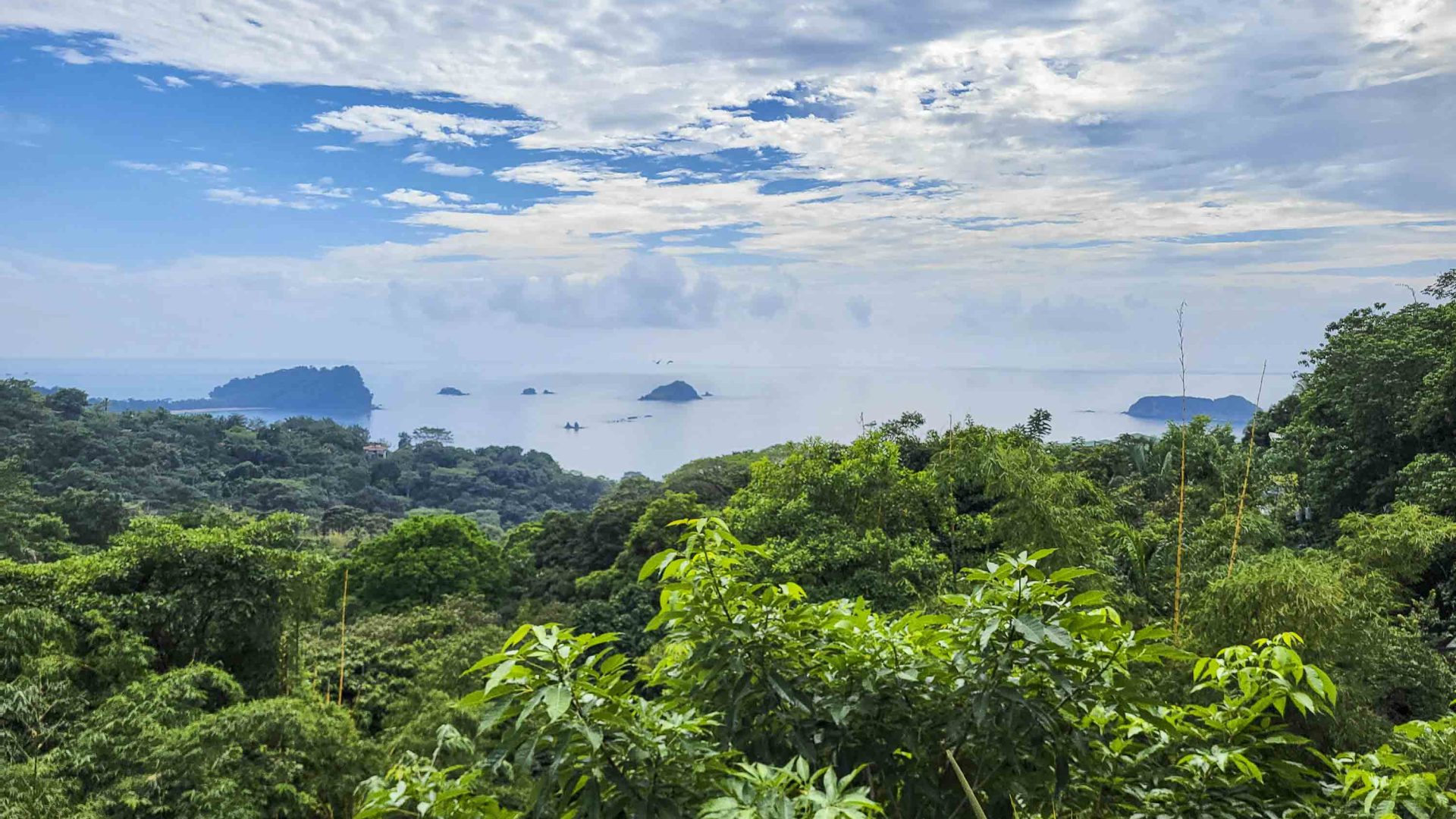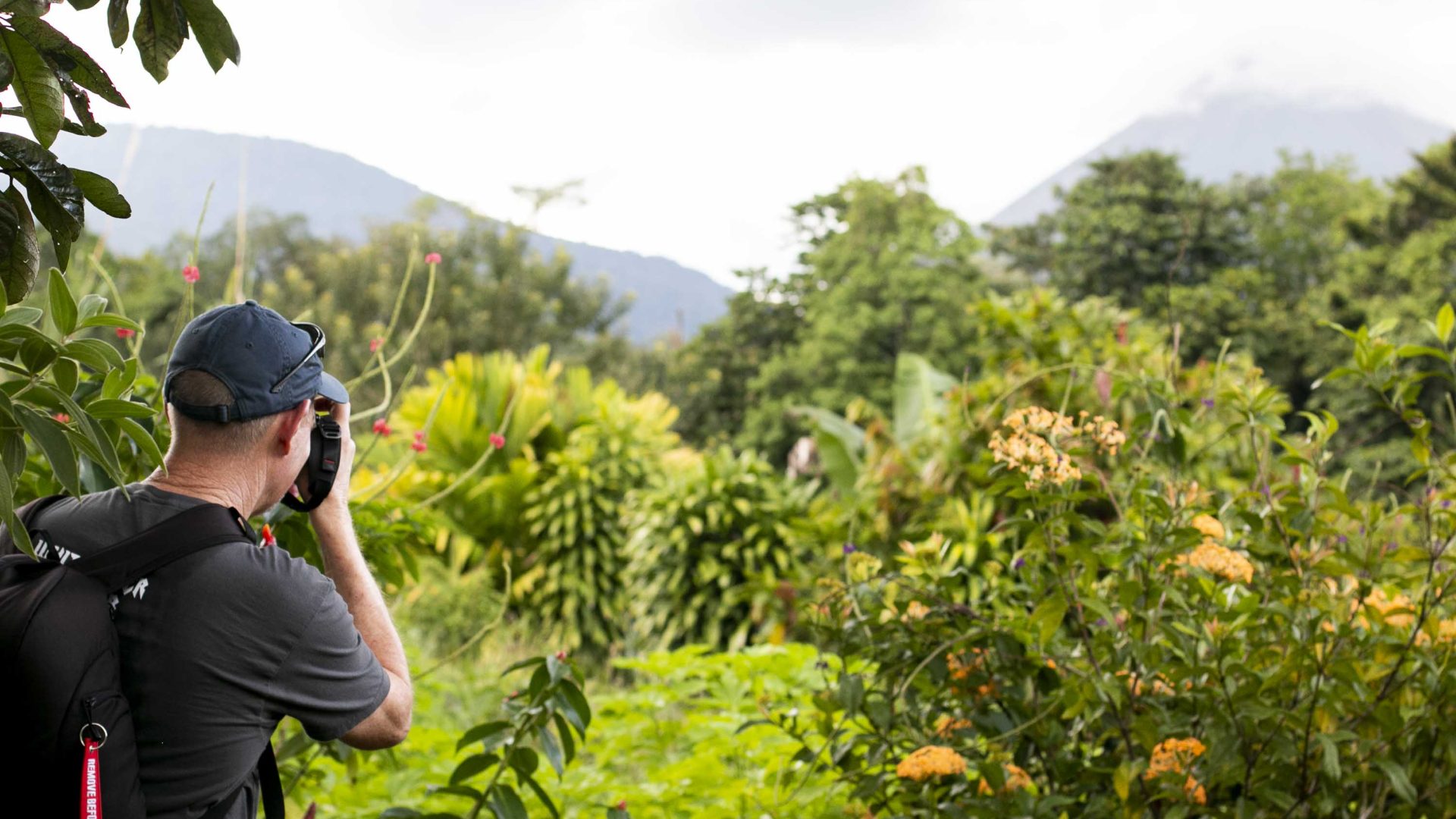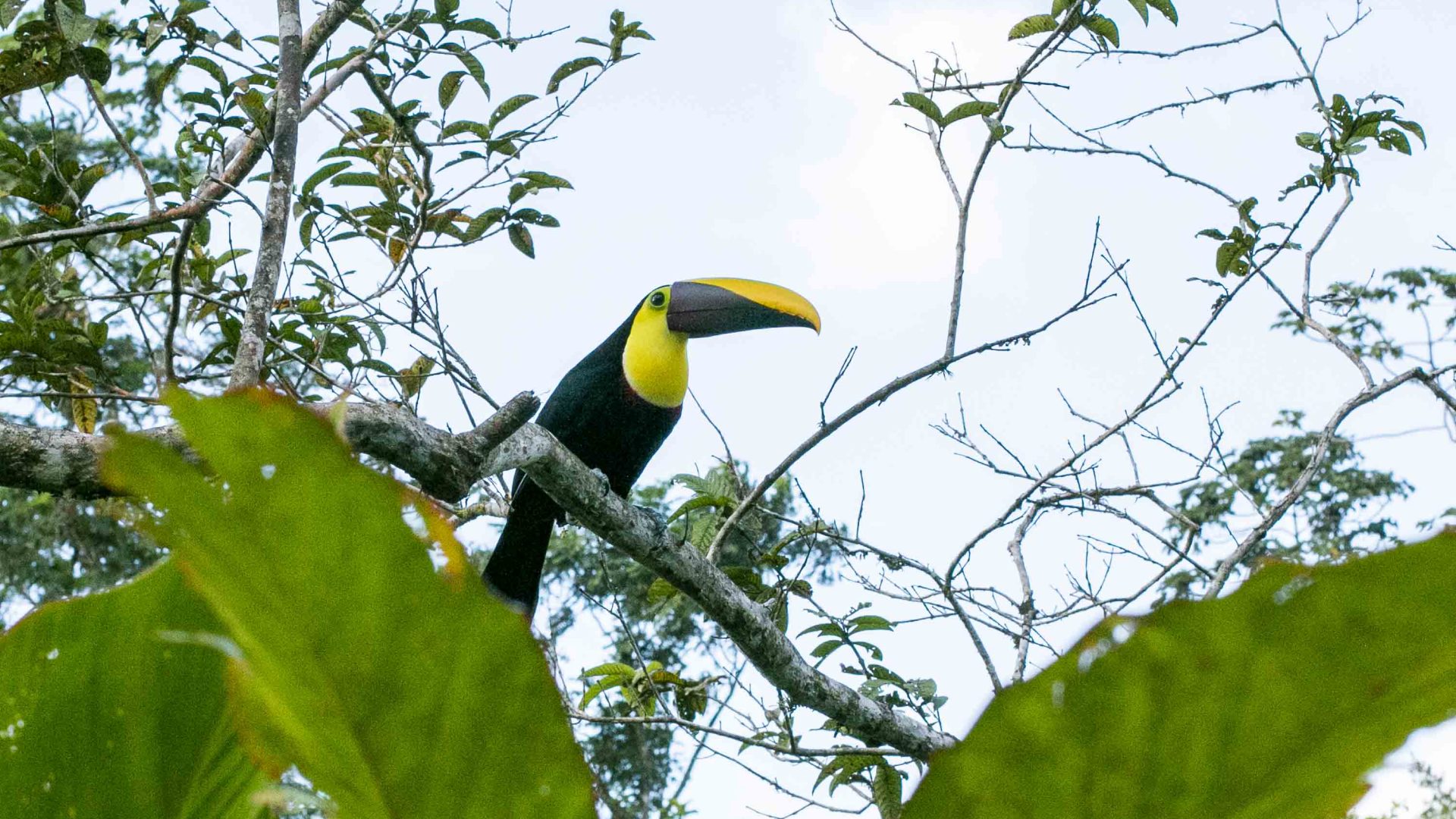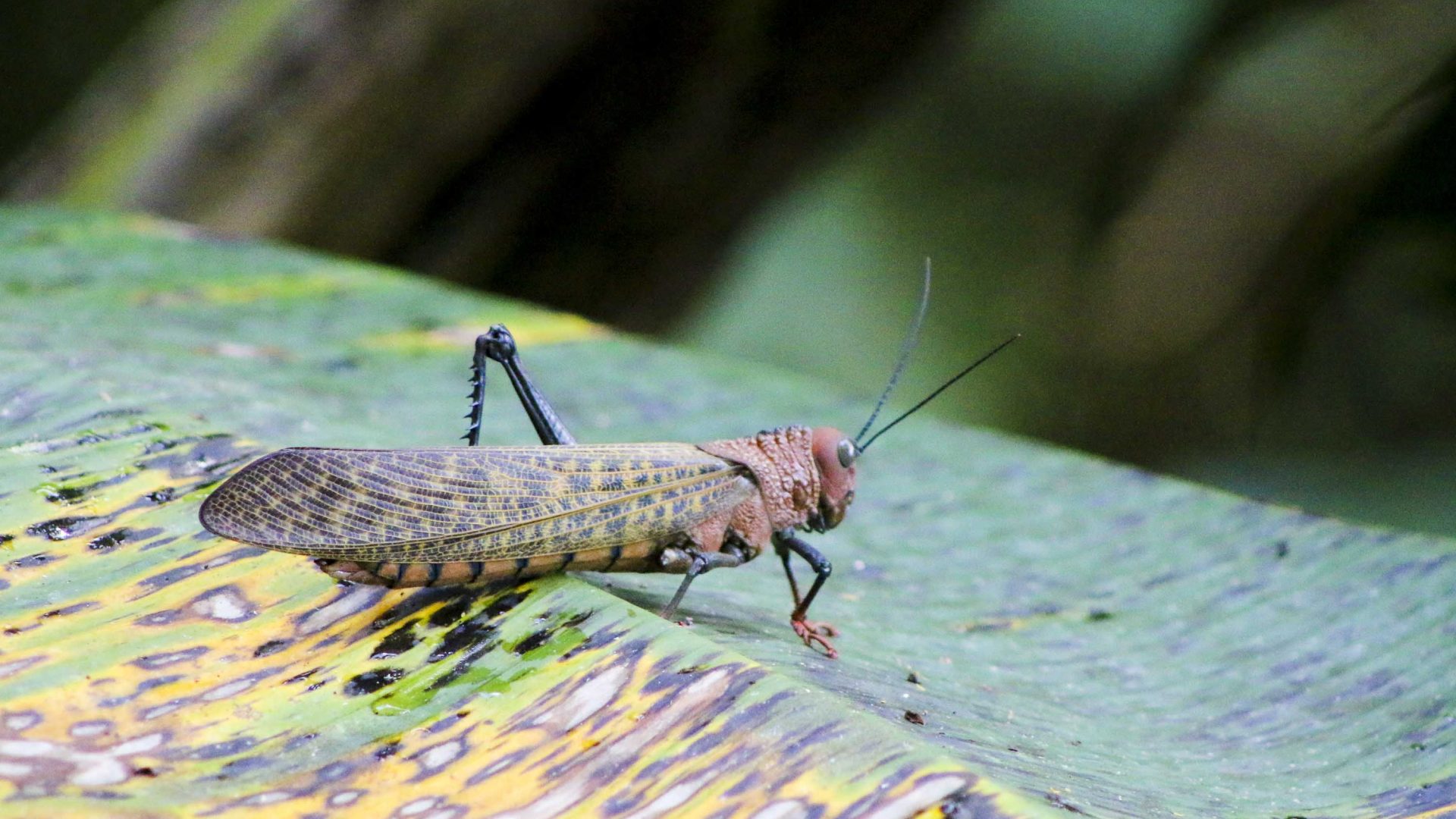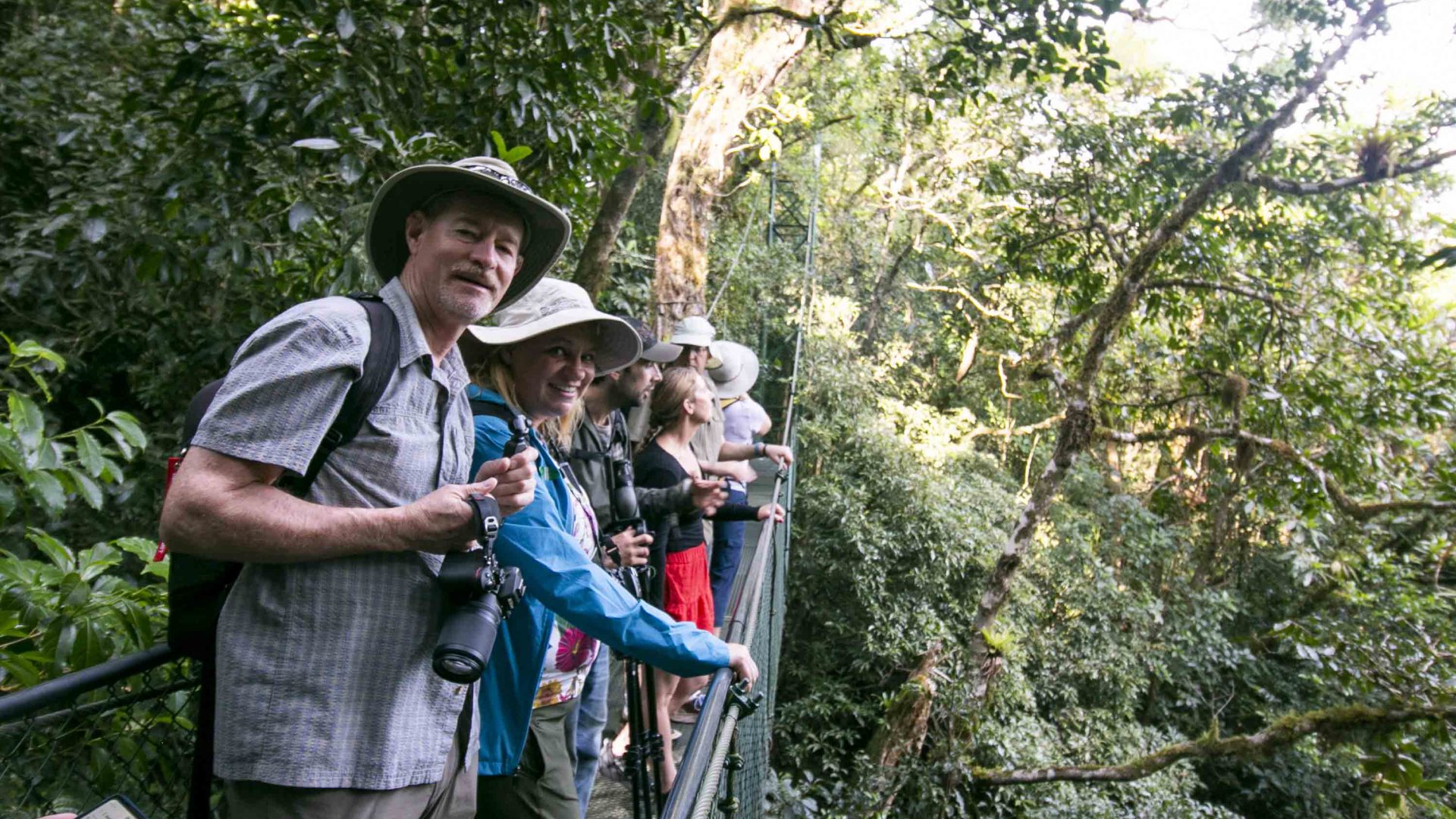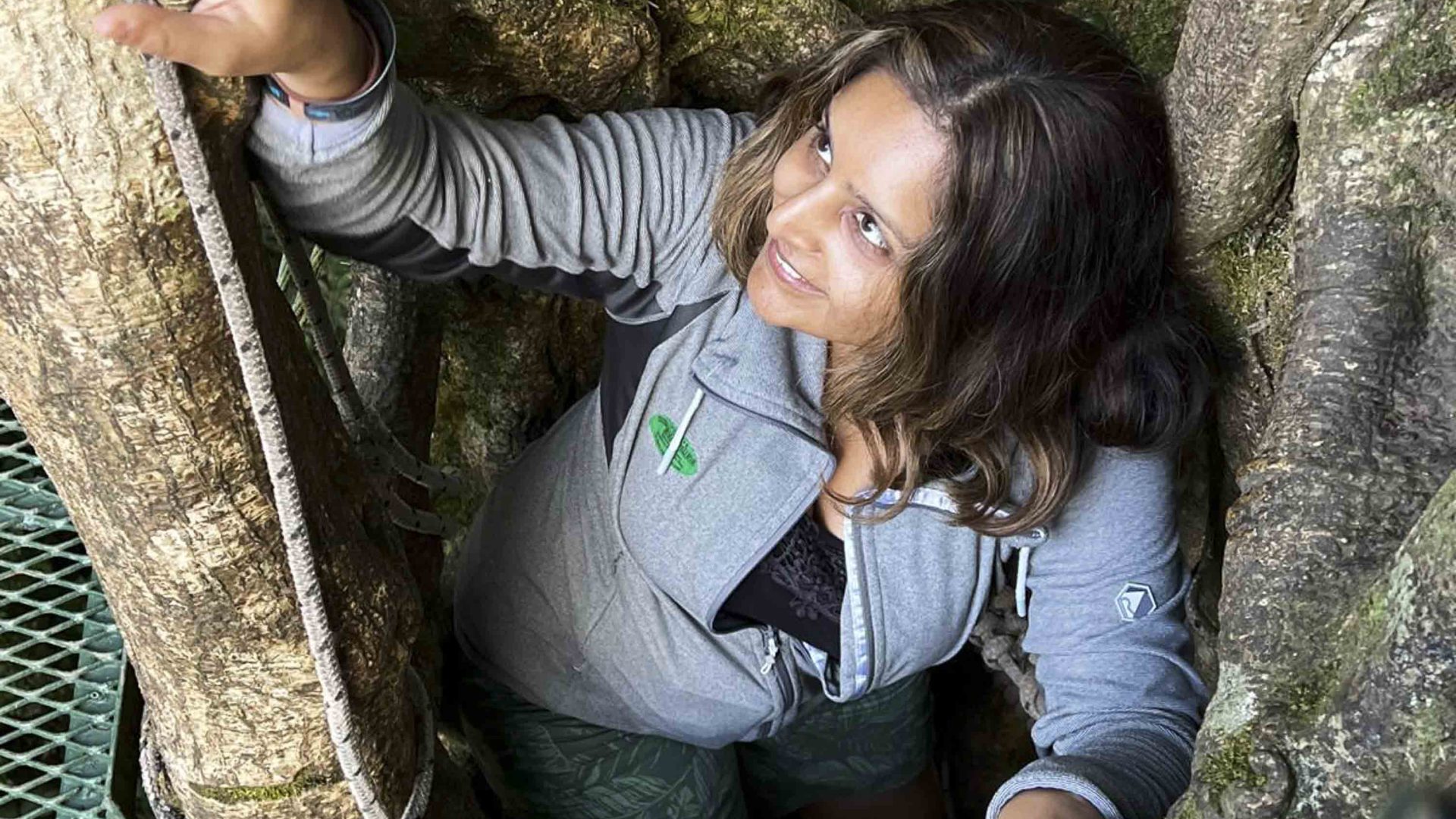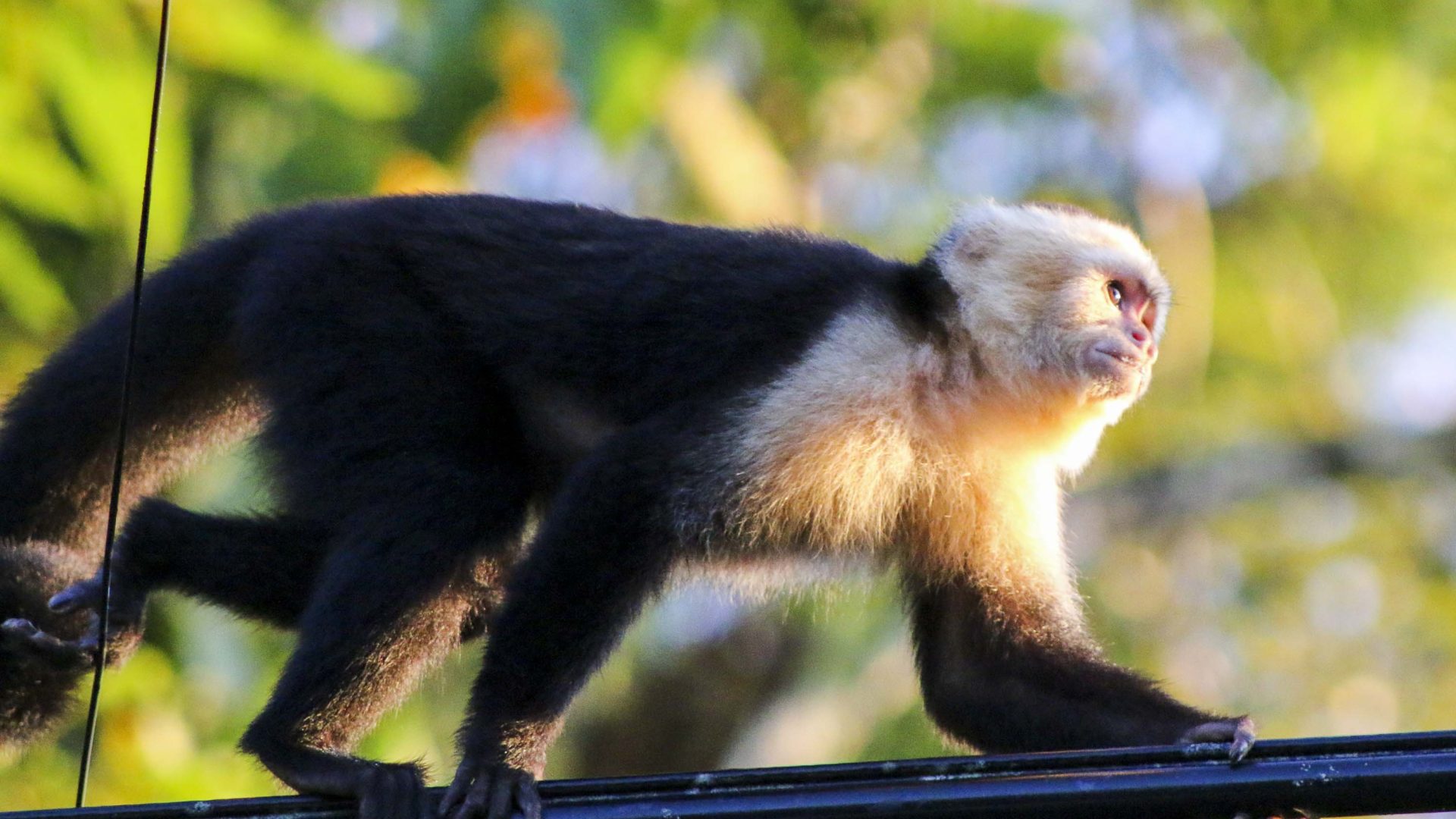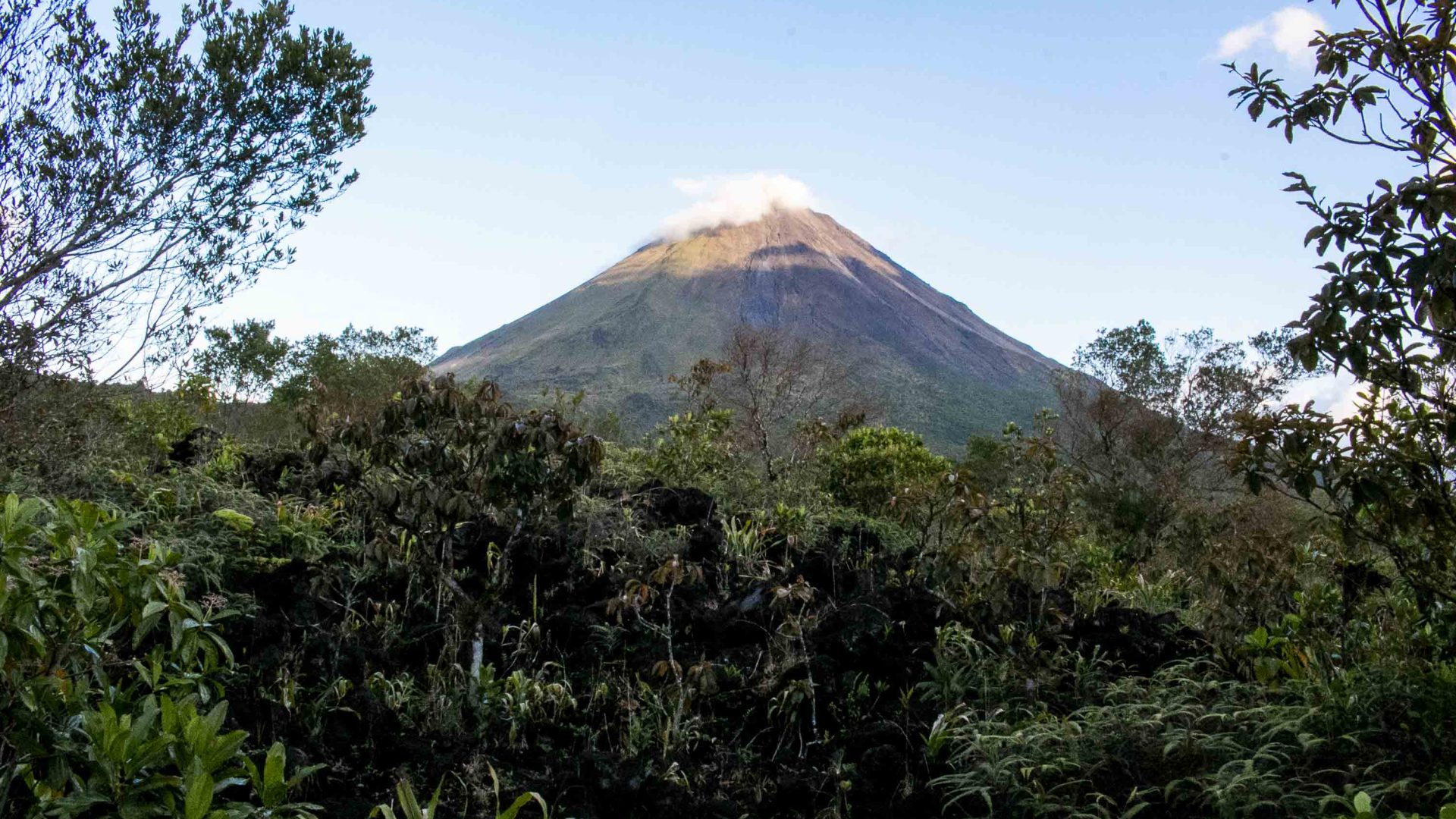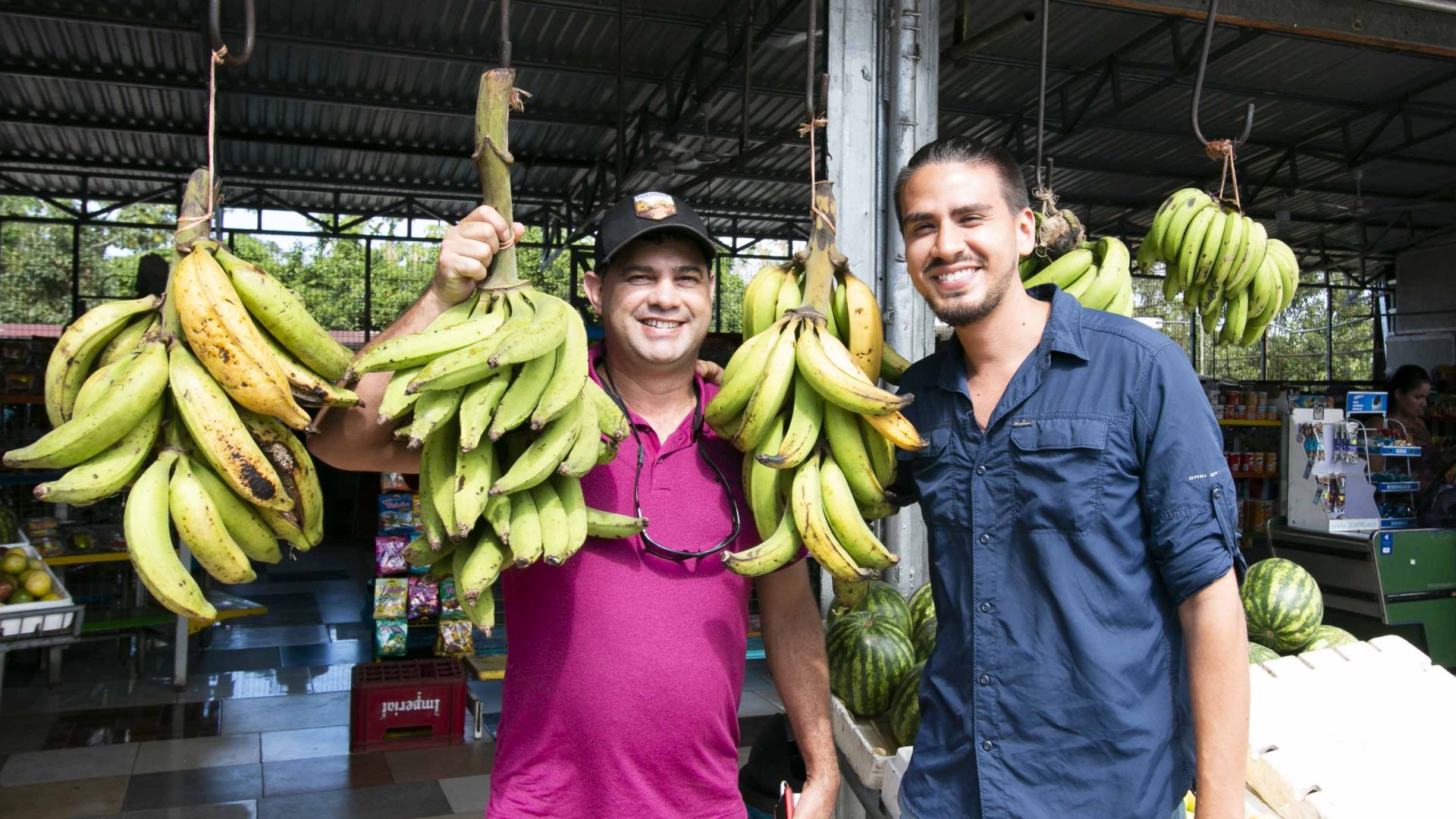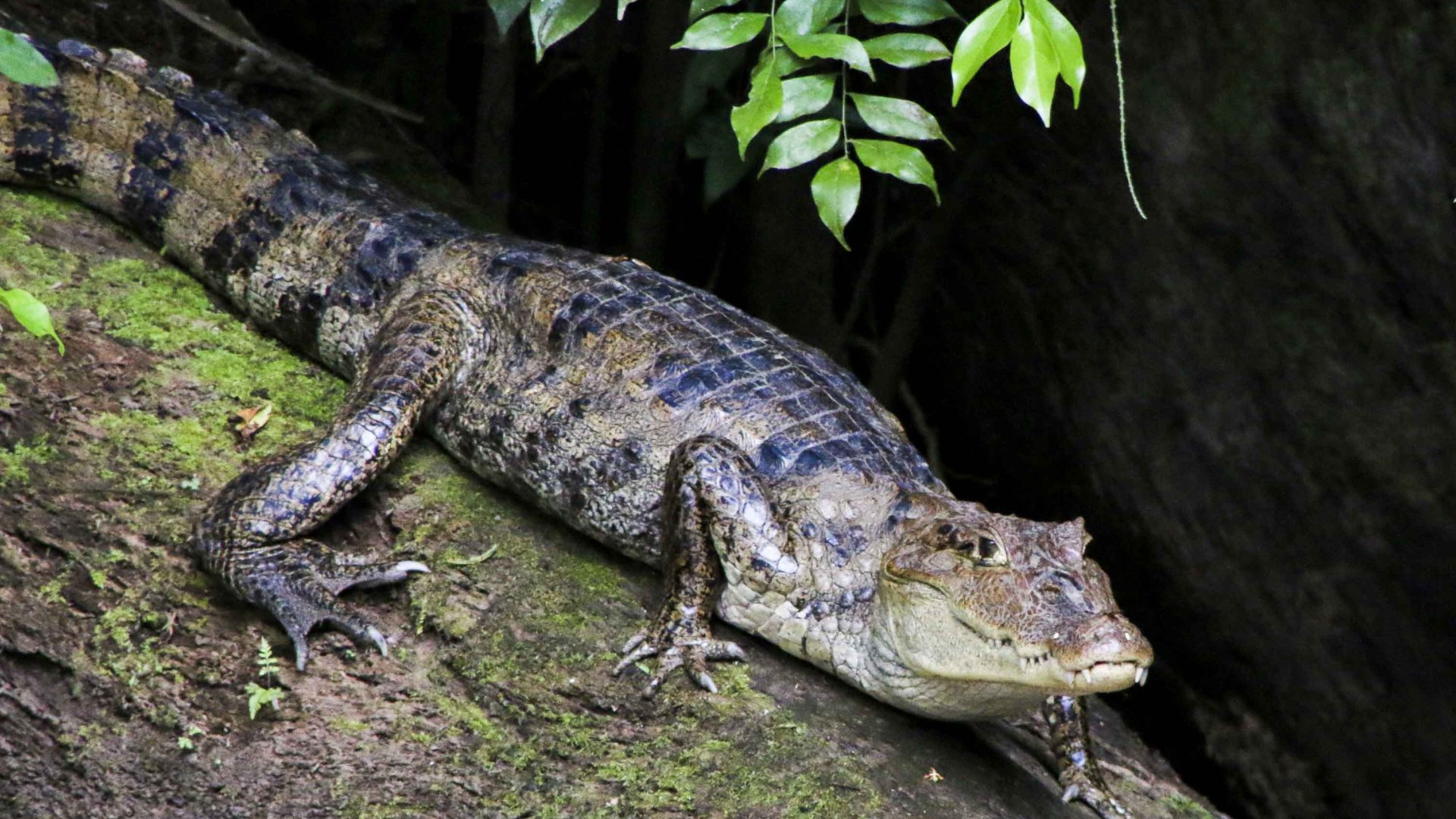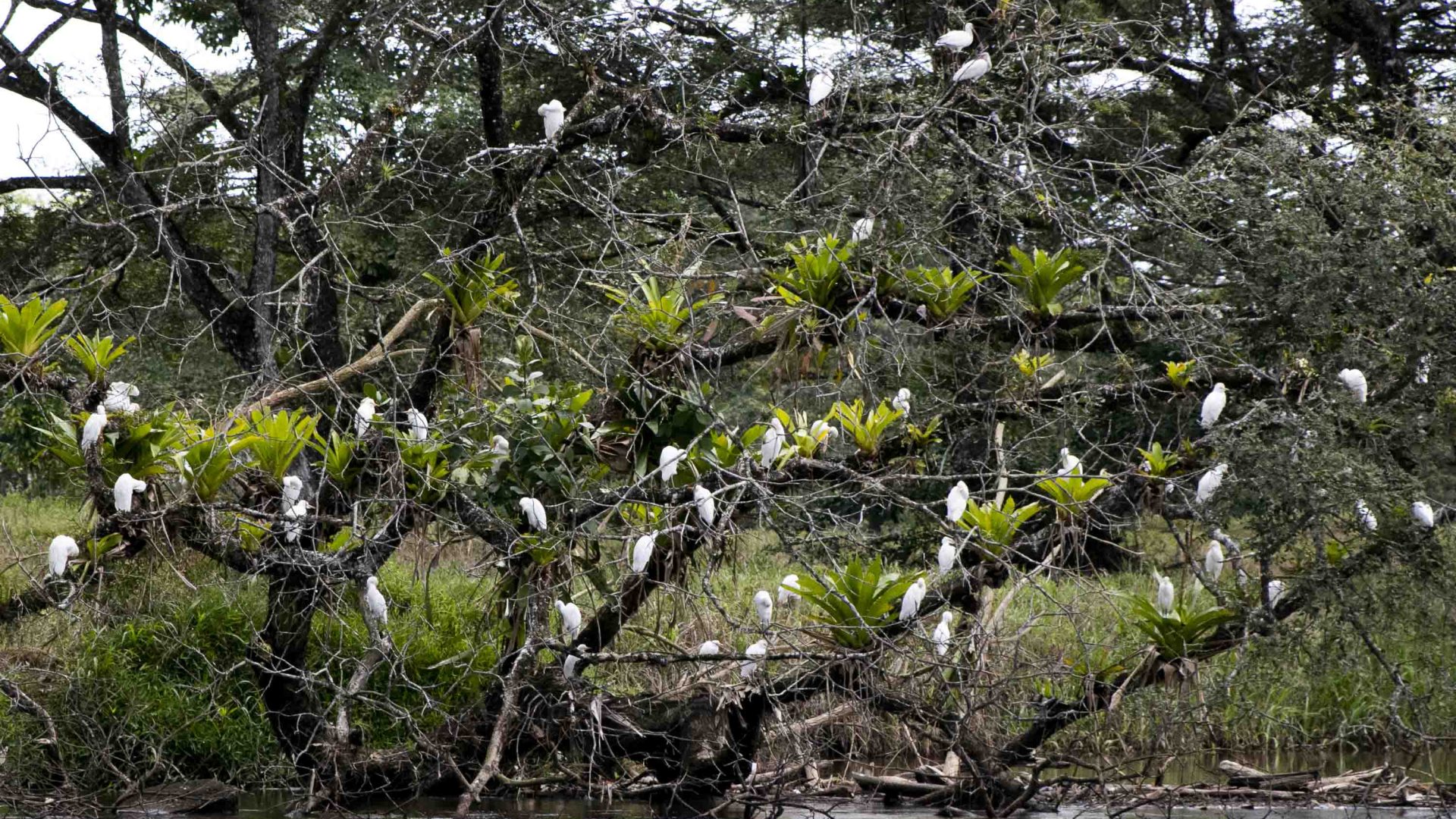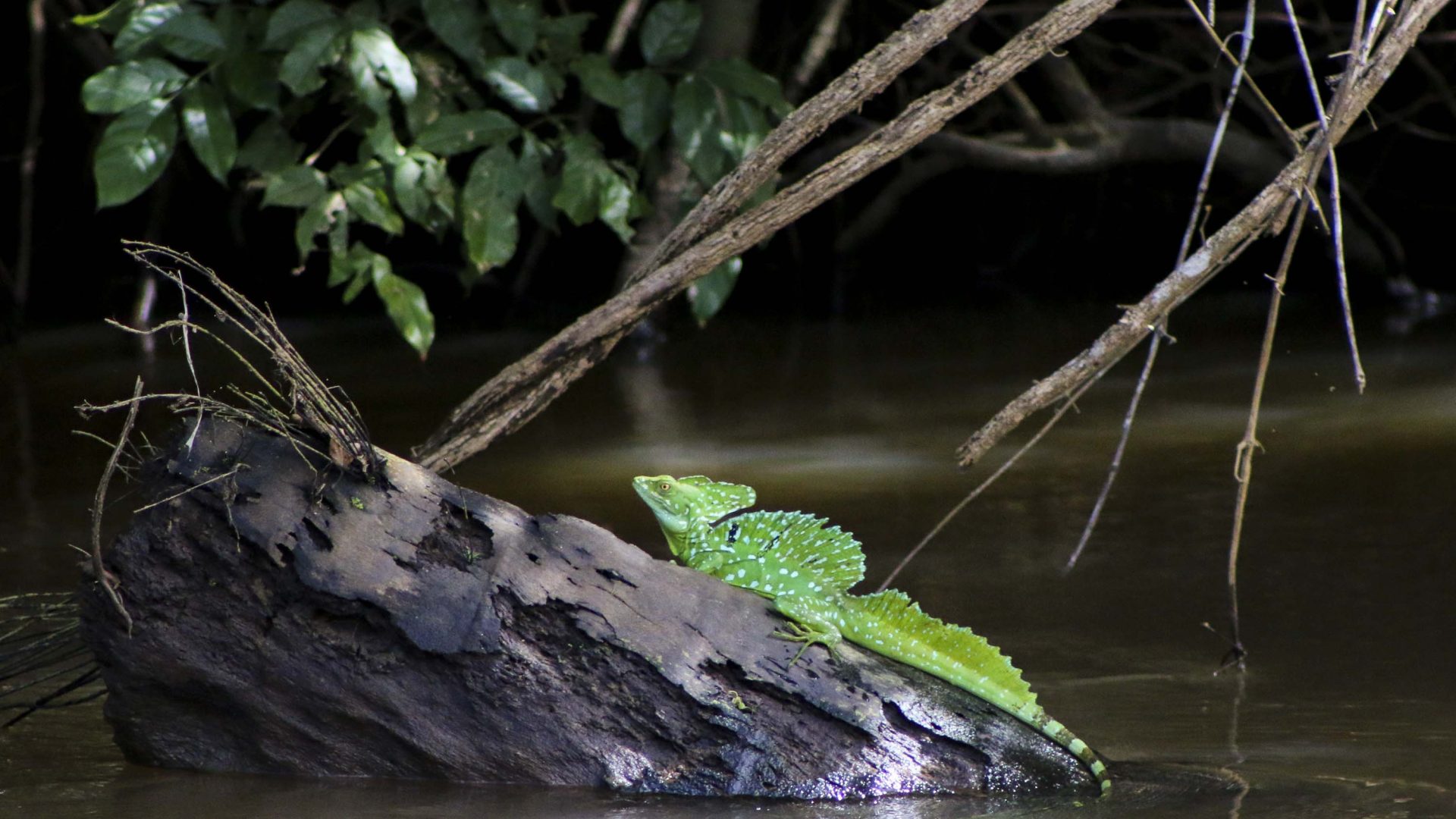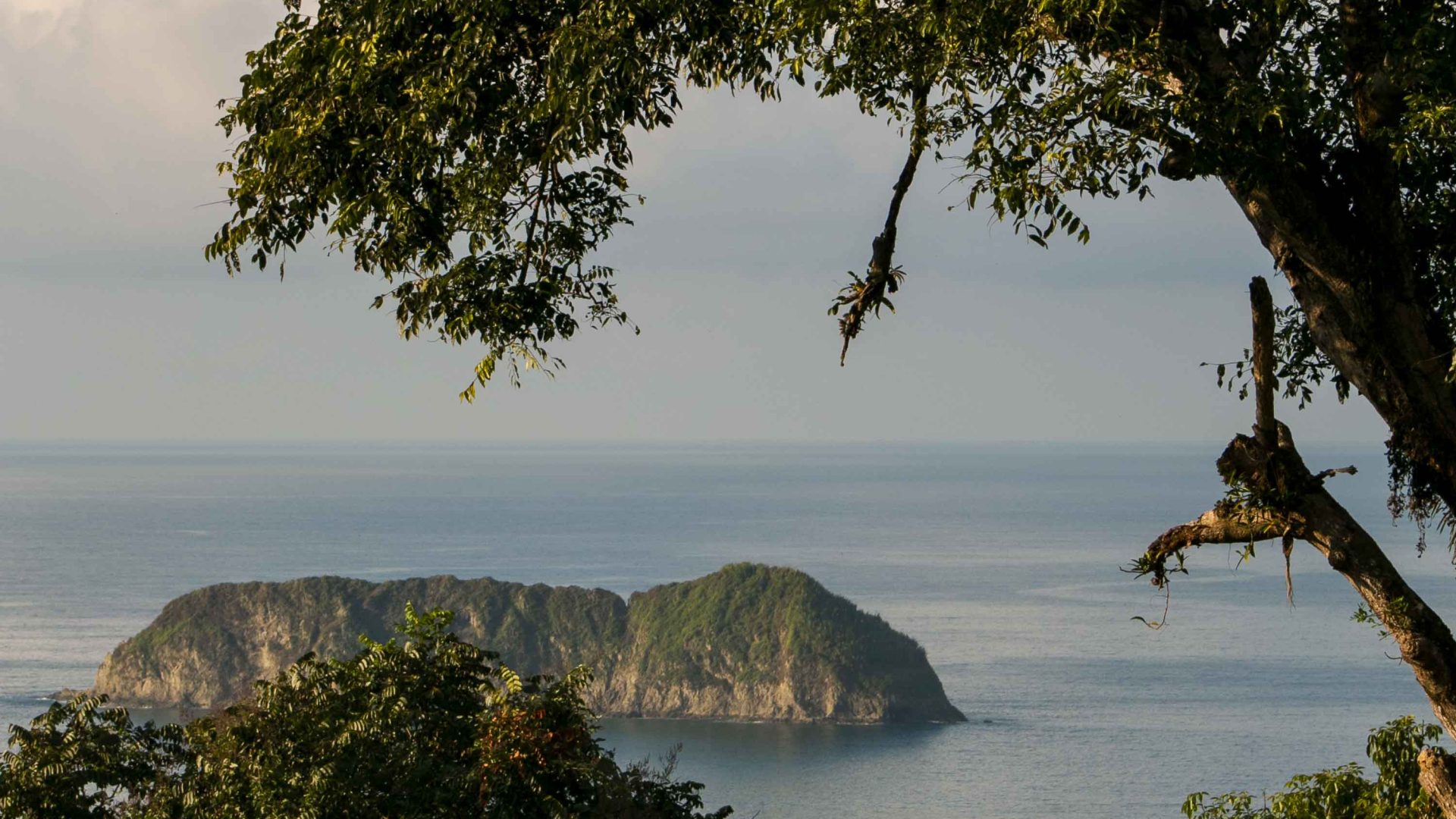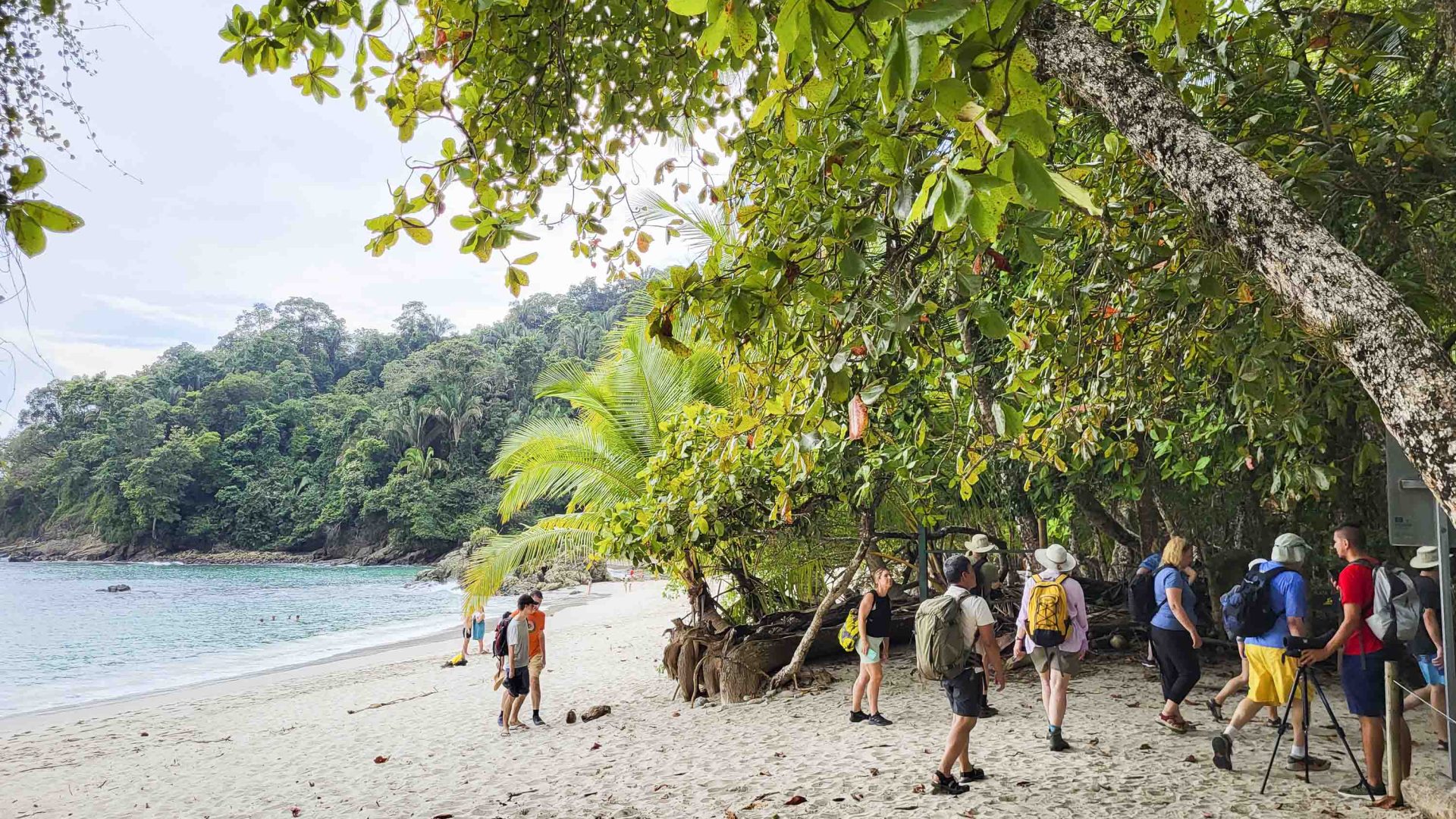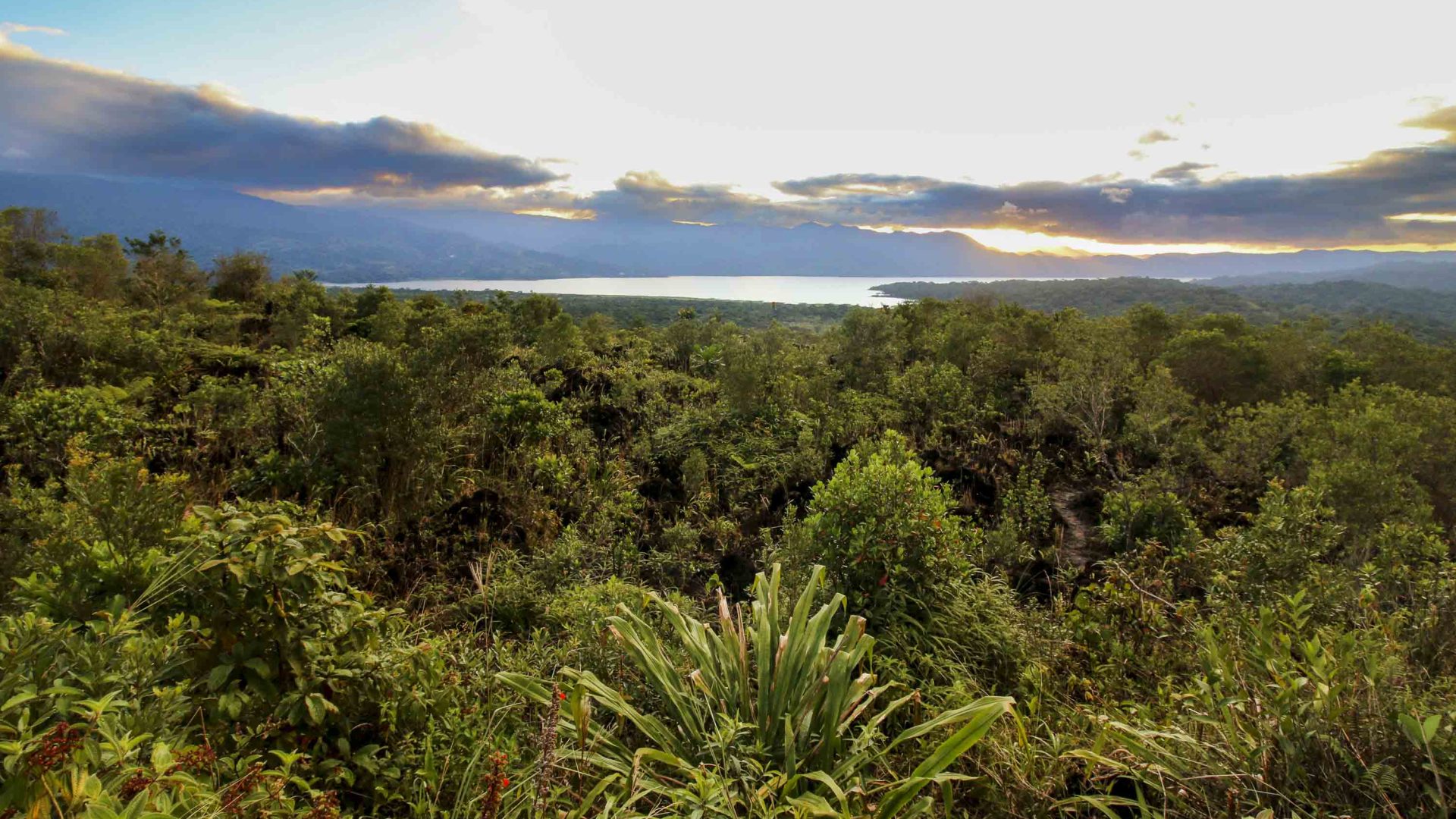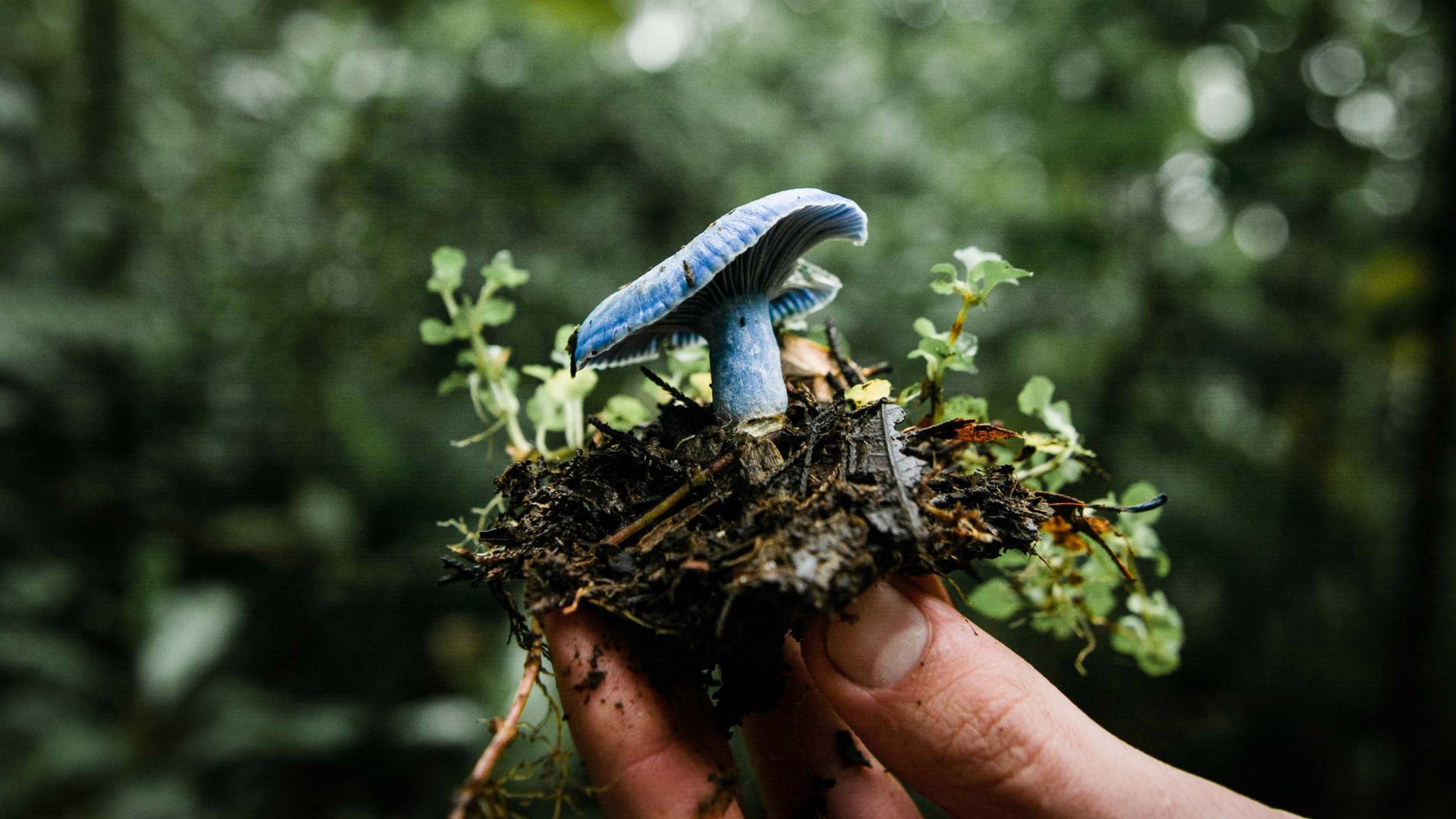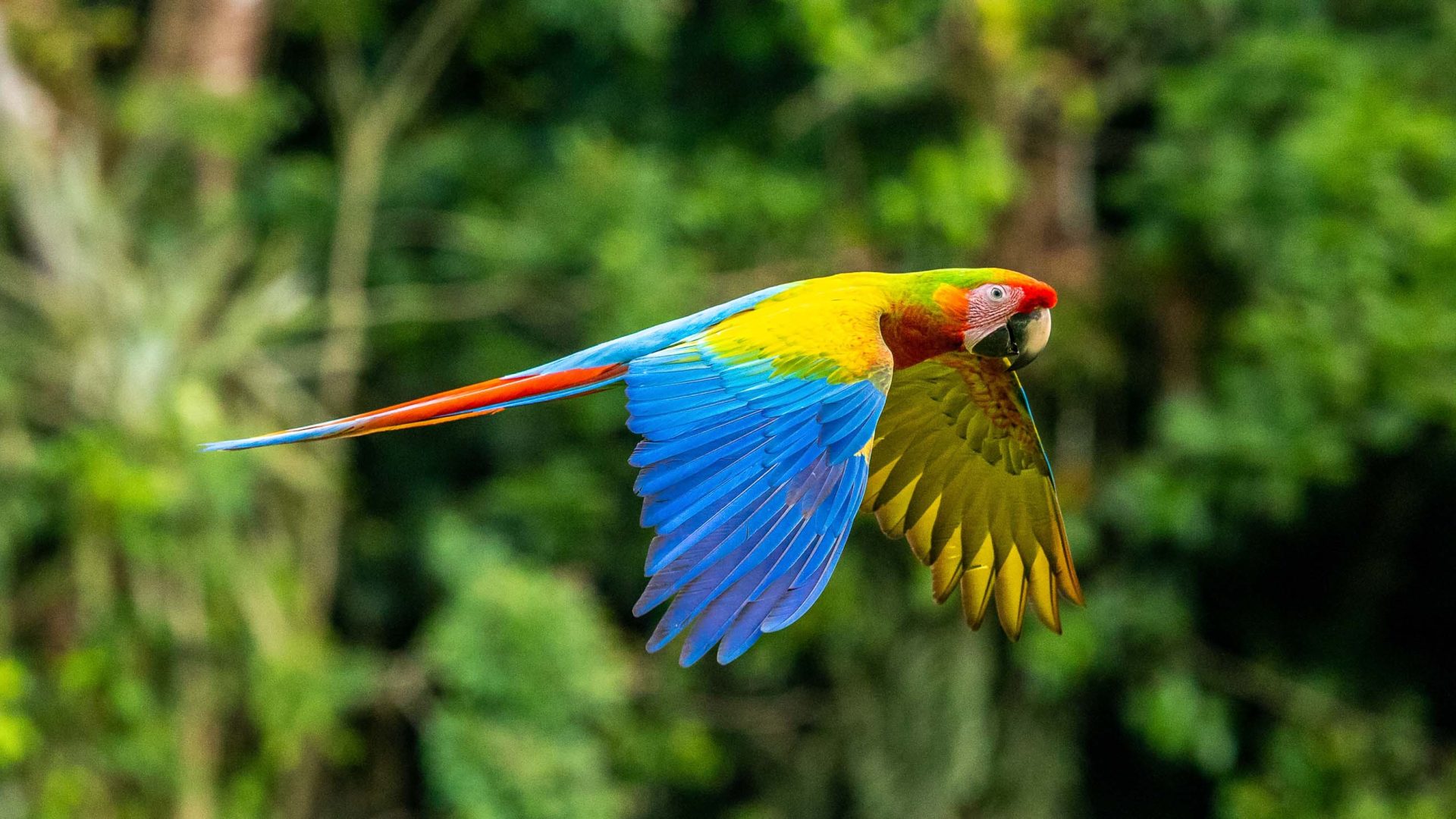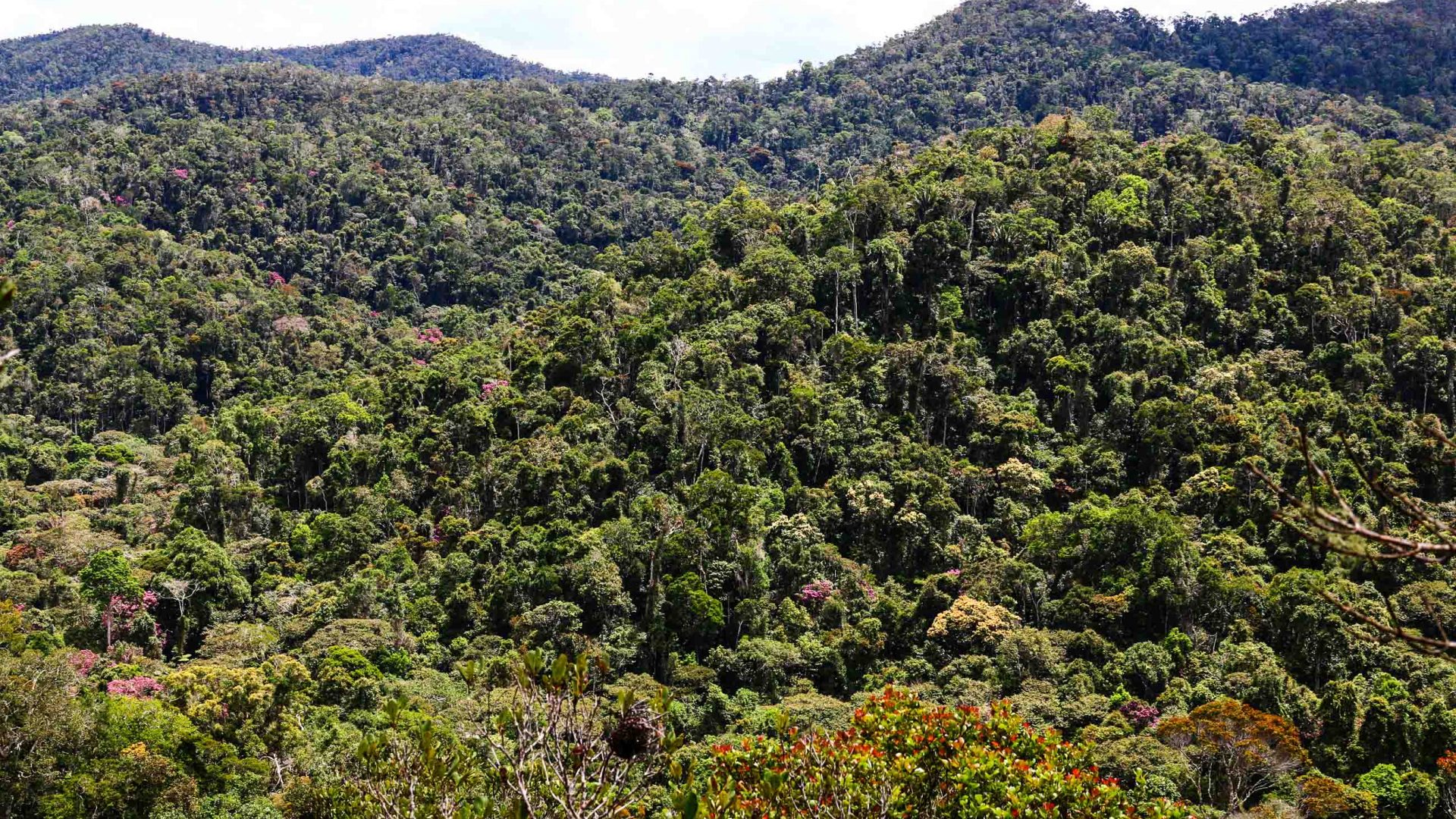There should be a word—there probably is, in German—to describe what happens when you find out your favorite tropical bird eats the eggs of your second-favorite tropical bird. Until my guide Jorge drops this bombshell, it had been an otherworldly walk through Monteverde’s cool, damp cloud forest.
“Yes, the toucan likes to eat the quetzal eggs,” Jorge Marín Leitón tells us. If you’re not familiar with either, they are probably Costa Rica’s best-looking birds. By ‘they’, I mean the males, for in the animal world, the onus is usually on the boys to get their make-up right. The male quetzal, officially known as the Resplendent Quetzal (so the pressure is really on), has a deep-red chest, feathery aquamarine neckline, and glorious green plumage on its belly and tail—which can be up to three feet long. Even take ’em-or-leave ’em non-birders go mad for a quetzal.
The toucan, on the other hand, eschews elegance for outright madness. A bold and bonkers-looking bird with a colorful, oversized bill, it has a playful nature—think, toddler playing with its dinner—and has become something of a ‘mascot’ for Costa Rica. It’s impossible to return home without at least one toucan-shaped item.
But the toucan shouldn’t need to eat quetzal eggs… It shouldn’t really be in the quetzal’s habitat. But not only is climate change affecting the high-altitude cloud forest where quetzals reside, the toucan’s lower-altitude habitat is becoming increasingly dry, forcing some species to higher (in some cases, lower) elevations. That means competition for food and shelter—and new predators.
This very tangible connection between climate change, conservation and habitats is an easy lesson learned, even on vacation. But it’s not all doom and gloom. This is a country with a plan.
